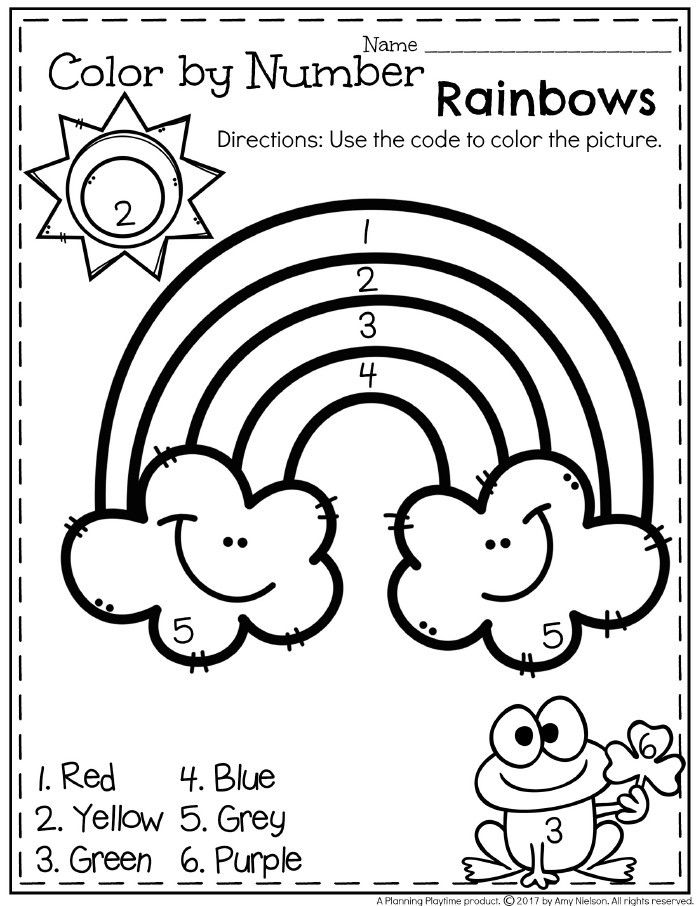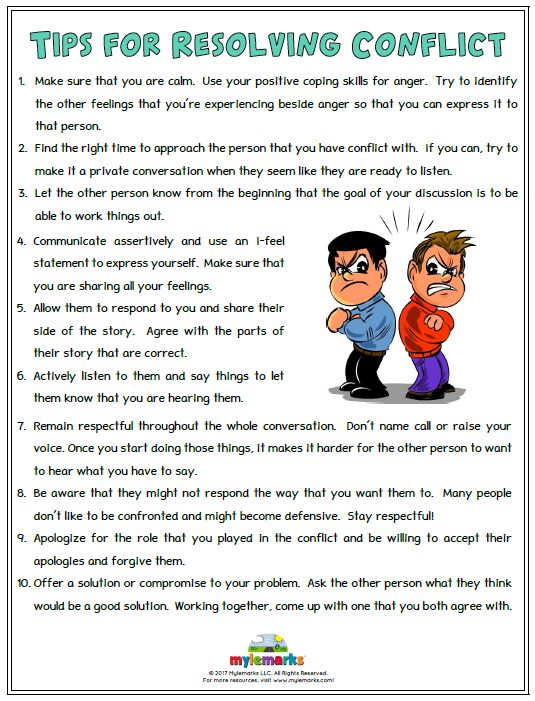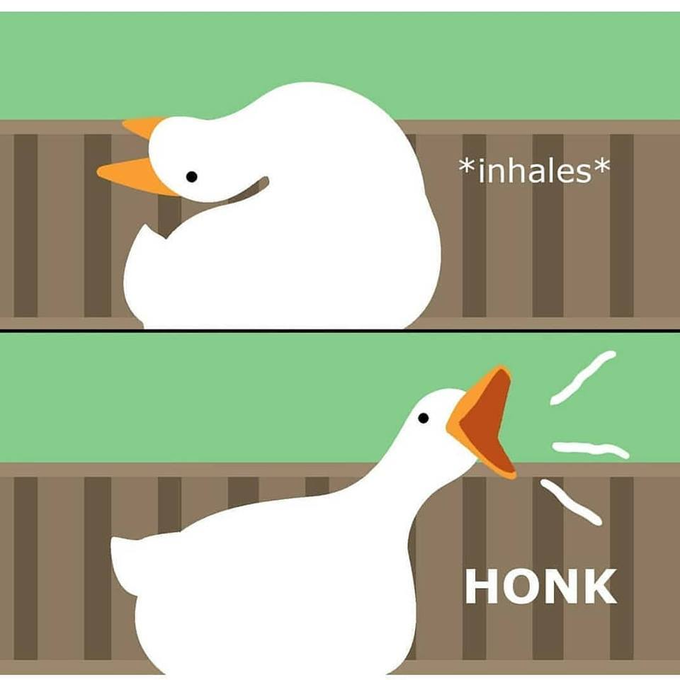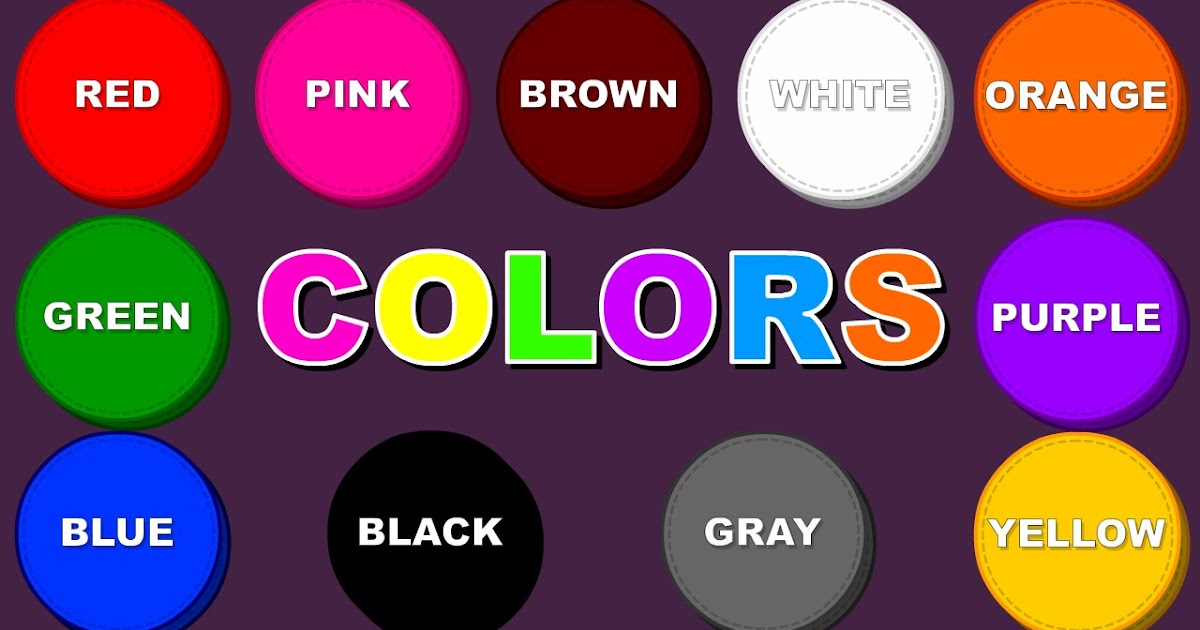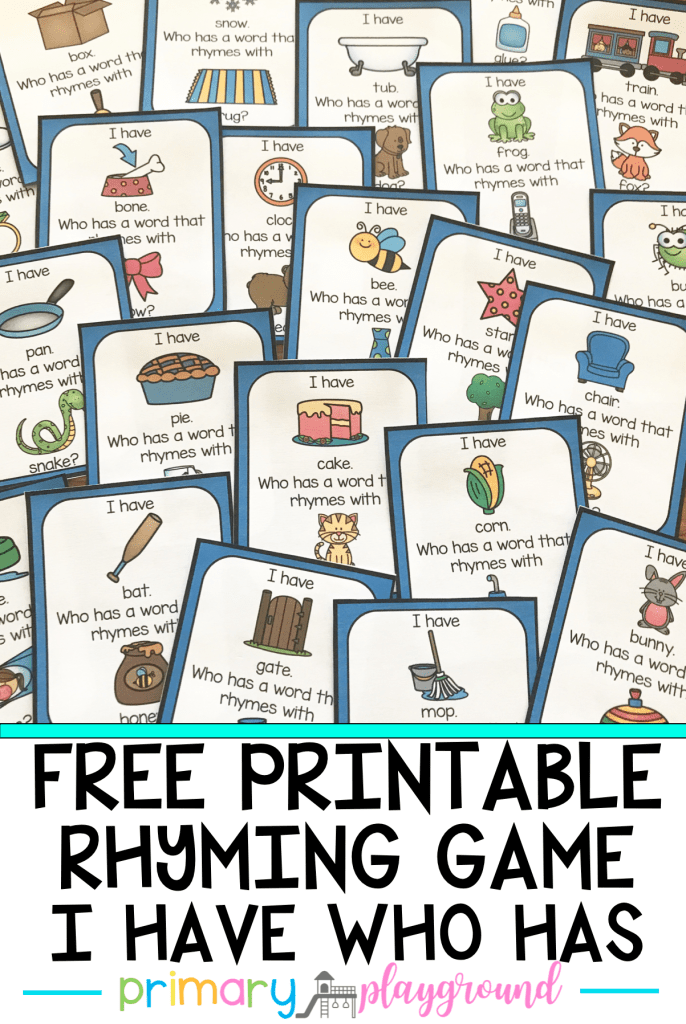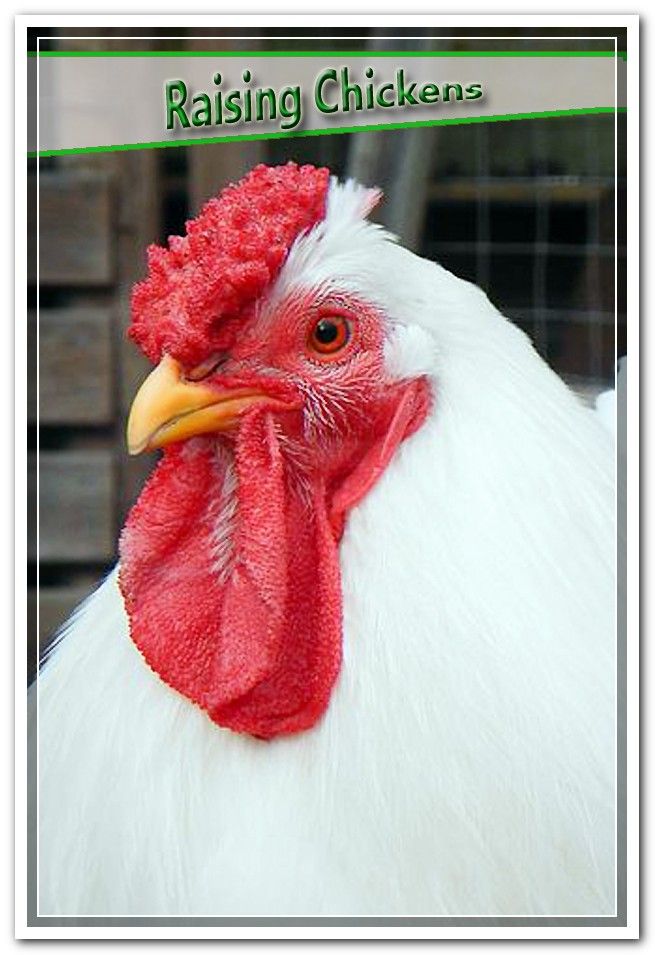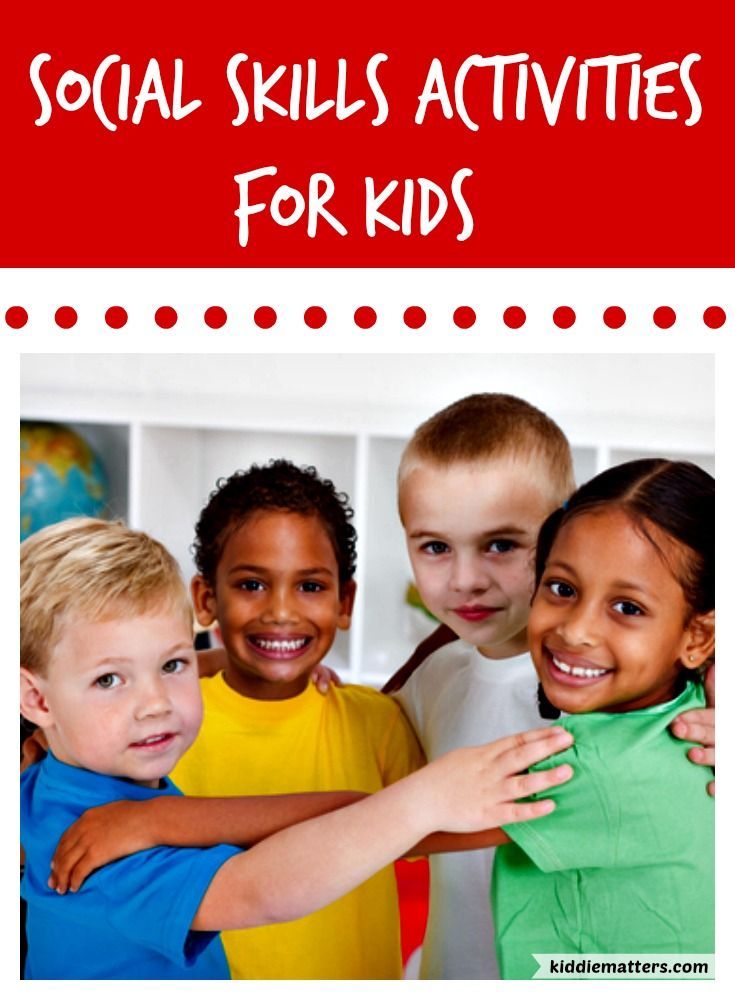Colors and kids
Color Psychology: Child Behavior And Learning Through Colors
Color is a part of the electromagnetic spectrum. It is an energy having wavelength and frequency. Color affects the mood in adults and more so in children. Color psychology and its impact on a child’s learning abilities and behavior is a much researched subject.
Color psychology: Child learning patterns
Color can help connect the neuropathways in the brain. When correct color is found for a person’s problem subject, then that subject actually becomes a lot easier for the child; the student actually experiences joy of learning. Children wearing colored goggles who were made to complete pegboard tests were found to solve the tests much faster when wearing goggles of their favorite color.
A study conducted in 1993 by Boyatzis & Varghese followed by subsequent studies in 2001 and 2003 showed relationship between color preferences and student’s performance.Color has 3 basic attributes: hue, value and saturation.
Color is also classified based on its temperature. Human eyes on the other hand have rods and cones that help differentiate different colors. When color passes through the retinal cells in the eyes, the receptor cells absorb the hues and send a signal to the brain where the colors are deciphered. These brain impulses also fall on the hormone regulating endocrine glands which then evoke emotional and psychological responses. (Nielson and Taylor study of 2007).
Scientific studies have now shown that students with learning disabilities and ADHD often experience distorted color discrimination. Therefore, many institutional situations require a calming environment. In the University of Alberta, the color environment of 14 severely handicapped and behaviorally challenged 8 year old kids was altered dramatically. From a white fluorescent lit classroom with orange carpets and orange, yellow and white walls and shelves, it was changed to full spectrum fluorescent lighting and brown and blue walls and shelves.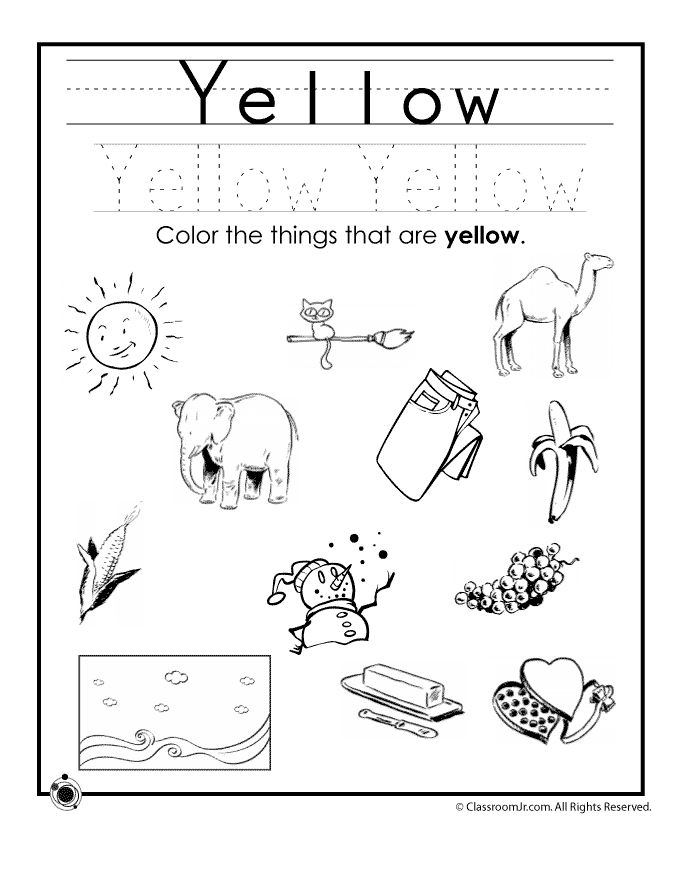 The children’s aggressive behavior decreased and they also showed notable drop in blood pressure. When the environment was changed again to the way it was, the aggressive behavior and blood pressure changed to previous levels.
The children’s aggressive behavior decreased and they also showed notable drop in blood pressure. When the environment was changed again to the way it was, the aggressive behavior and blood pressure changed to previous levels.
Color and physical reactions in children
Children also react to colors on a physical level. The explanation behind this is that the light enters the Hypothalamus which controls the nerve centers, as well as the heart rate and respiration. The wavelength and energy of each color varies and affects children differently. Even newborns react to light, a fact highlighted by infant jaundice being treated with blue light.
Color brings about a vascular reflex action by increasing perspiration, the eye blinking rate and also stimulating a noticeable muscular reaction. Blue color, as shown by above experiment, reduces the blood pressure. Reactions to orange, red and yellow are same and reaction to violet color is same as that to blue. The reactions to temperature of the color are another matter; warm colors can calm one child but they may excite others.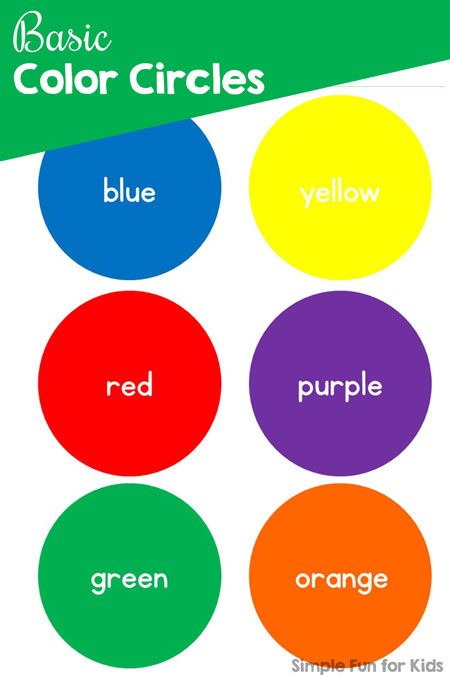 Likewise cool colors might stimulate one and relax another.
Likewise cool colors might stimulate one and relax another.
One shade of pink can be calming, another can be stimulating. Blue violet may be a mystical and spiritual color, but to some groups of college students, Blue violet induced feelings of fatigue and sadness. These students also found a shade called “cool green” as angering and confusing.
How the different colors impact learning
Let us now study how different colors can impact learning and memory in kids.
- Blue– Blue enhances creativity and stimulates a cool and relaxing environment. It should not be used in excess as it can also depress or invoke feelings of sorrow.
- Red– Red is the color of passion and strong feelings of threat, love, or excess stimulus. In school rooms it can be used in combination with other colors as it can help in detail oriented or repetitive tasks.
- Yellow– This is indeed the color of happiness and sunshine for children.
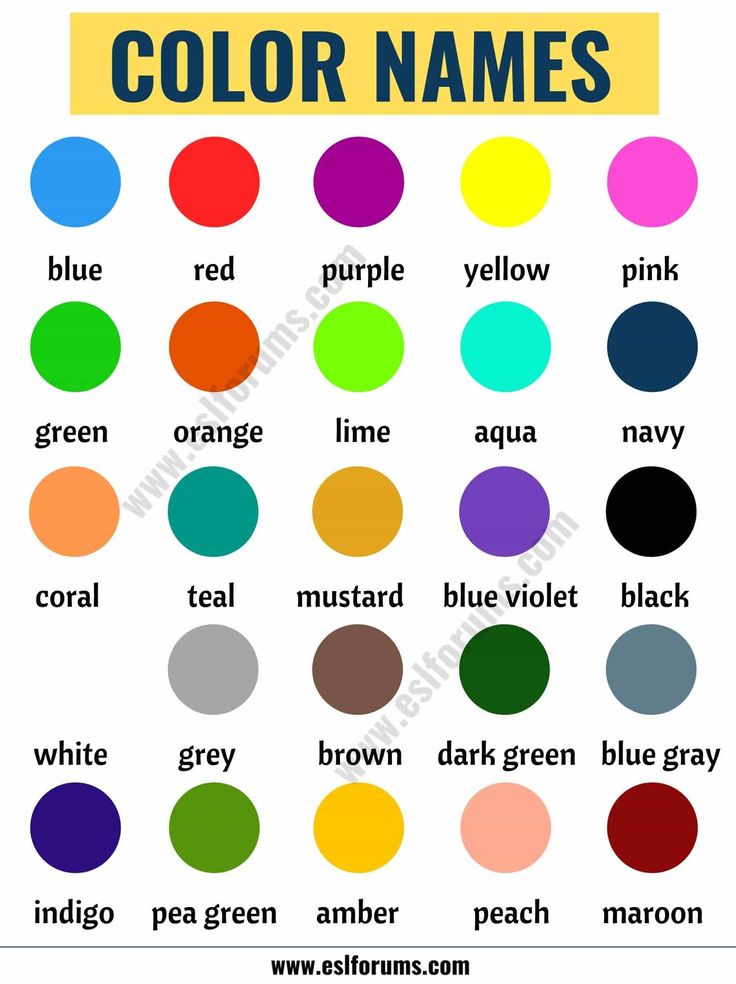 Yellow stimulates intelligence and is ideal for use in kids’ rooms, study rooms and play areas. It should not be overdone as it can make children feel stressed.
Yellow stimulates intelligence and is ideal for use in kids’ rooms, study rooms and play areas. It should not be overdone as it can make children feel stressed. - Green– The color of abundance can relax and contribute to better health in kids.
- Pink– This is a calming color. It can lower heart rate.
- Purple– This color ideal for kids as it is attention grabbing.
- Orange– Many educational institutes use this color as it enhances critical thinking and memory. Test rooms in this color are known to enhance performance in exams.
Guidelines for educational institutes
Here are some guidelines from Frank H. Mahnke from his book Color, Environment and Human Response for choosing colors based on age of kids especially for Academic environments
- Pre-school and elementary school– Warm and bright color schemes are ideal.
- Upper grade and secondary– Cool colors are recommended to enhance concentration
- Hallways– Wide range of colors can be sued to impart distinctive personality.

- Libraries– These do well with cool green or pale/light green for enhancing quietness and concentration.
In conclusion
Children, like adults, are very aware of color. Color psychologists have linked color with brain development, decreased absenteeism, enhanced productivity and even transition from childhood to adulthood. Naturally, one needs to take a more academic and research oriented approach in the aspect of color psychology in children rather than simply providing colorful environments through decoration, school signs and paint availability.
So, what is the best age for kids to learn about colors?
The importance of colors for children development
Colors are everywhere and we all love them.
Do you know that colors can affect human beings in various way as creativity, productivity learning and emotions?
Children can be more sensitive to colors, affecting their reaction to the environment.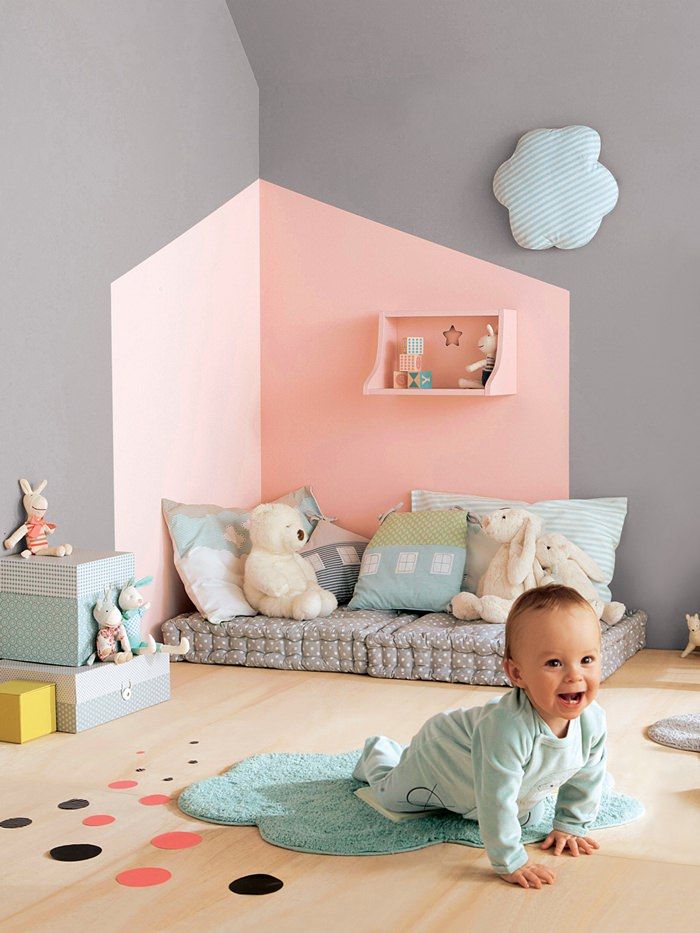 Not only colors send signals to the brain to make them (and us) hungry or calm or anxious, but they also have the power to distract a child or enhance a child’s learning potential.
Not only colors send signals to the brain to make them (and us) hungry or calm or anxious, but they also have the power to distract a child or enhance a child’s learning potential.
Colors can influence children mood too. So, from their rooms to the rucksack, you have to pay attention on the color’s choice!
Colors and LearningAccording to research studies, color carries critical importance in the development of children’s cognitive skills.
Colors are some of the earlier words they tend to learn and a means they can use for learning. It’s important to incorporate them into their daily activities, because children remember colors better than verbal cues. So, combining content with colorful visuals improve your child’s memorization.
Children learn from a young age to associate colors with particular objects. For instance, they often associate red with apples, yellow with sun, blue with sky etc. Exposing a baby to different shades of colors can help them make important connections and expand their vocabulary, because colors help to assess, estimate and define an object.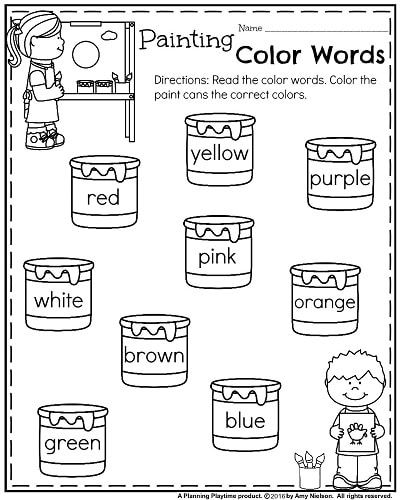
The next step is linking colors with the deeper meaning we assign to them. Children can learn the association between red and danger, for instance, through the meaning behind traffic lights.
Sure enough, bright colors are also known to have deeper associations. For instance, green is connected with nature and blue with sadness. Teaching colors and deeper meaning we associate to them means to give children more elements for the decoding of the environment in which they are inserted in.
Colors and MoodColor is an important component for designing the educational spaces of children. Children display their full potential for learning in colorful rooms. This depends on the color skill to affect human beings’ perception of the world around.
Scientific studies demonstrate that colours affect the brain and the entire central nervous system as well. When color is transmitted from the eye to the brain, this one releases a hormone affecting the emotions, mind clarity and energy levels.
Generally, warmer colors like orange and yellow bring happiness, while cooler colors like blue and green tend to have a calming effect. It is often a matter of finding the right combination of colors in nursery or school rooms to crate the most suitable learning environment for them.
Blue increases productivity. Cool hues cause the body to produce calming chemicals.
Red stimulates brain activity. But if overused, it can be very distracting and often triggers hunger. Green is very relaxing and is associated with nature, creativity and fertile thinking. Yellow heightens concentration, but it also can be very overpowering.
To organize their colored space, keep in mind that young children are attracted to warm and bright colors, while elementary-aged children prefer pastels. Middle school children enjoy colors like greens and blues, while high school students prefer darker colors like gray or navy.
Researches have shown that in the first few months of life, a newborn baby can only see primarily in shades of black, grey and white. By three months of age, most babies are able to see color, with a preference for bright primary colors.
By three months of age, most babies are able to see color, with a preference for bright primary colors.
Around the age of 6-8 months, a baby’s color vision is well developed. It is during this time that you’d better to introduce a different color scheme into your child’s nursery for your toddlers to benefit from colors brain stimulation. A colored play arch to be hanged on the cradle, for instance, is perfect for this goal because of the colorful dangling play pieces that stimulate baby’s vision.
keep in mind that you have to introduce colors in your child’s everyday life anyway. If you aren’t planning a babies’ room wall painting, toys come to help you, as way to enhance learning and as functional decor items too.
Primary and brighter colors are so alluring for children! Children prefer brighter colors, because they perceive these ones better than fainter shades. As a matter of fact, colorful toys are able to attract babies, reason why Hape has always paid particular attention to the choice of colors.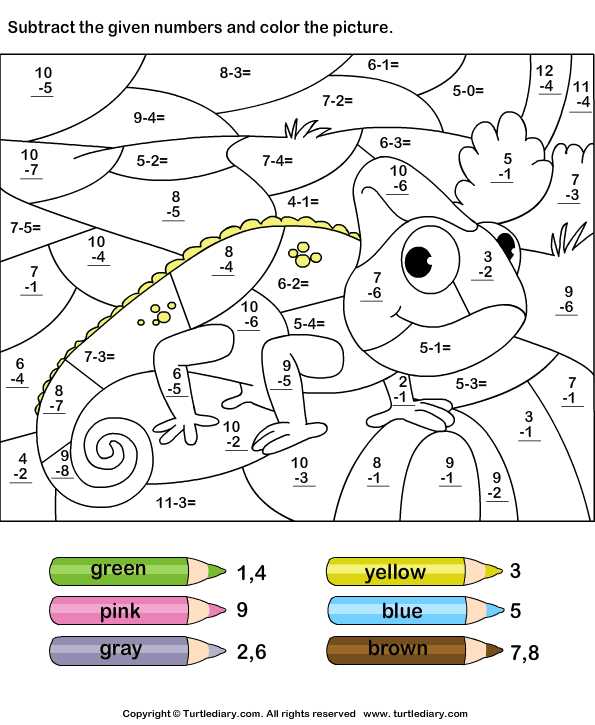 Look below!
Look below!
Press the colorful key of the Magic touch Xylophone will be irresistible! Baby’s tiniest touch of a bright colored key will kick off a one-of-a-kind symphony. Here colors encourage development of fine motor skills as baby practices tapping out new tunes.
Country Critters Play Cube is one of the most colorful toys, in which colors are able to captivate children to inspire them important hours of learning. Mazes, shapes, levers, and lots of flying, swimming, and croaking creatures, it’ll stand up to years of fun. Part of its alluring power is due to colors!
One, two, three, counting is great fun! But it could get bored. You can introduce your children to numbers with Chunky Number Math Puzzle. Remember, learning number will be easier if associated with colors! Moreover, this colorful puzzle includes mathematical symbols for more advanced learners.
So, children need to play with colors, in particular with the brighter ones, that are able to empower their learning potential and…playtime entertainment!
The influence of color on the psyche of children, the psychology of color in a child
Surely you have noticed that if a child likes a certain color, he chooses it in everything. Clothes, toys, accessories, and even balloons or ice cream should be in your favorite color. And nothing can be done - such a period.
Clothes, toys, accessories, and even balloons or ice cream should be in your favorite color. And nothing can be done - such a period.
In fact, children are instinctively drawn to those colors that are most pleasing and useful to them at this stage of development. Scientists have proven that colors have the ability to have a powerful effect on the psyche. This is especially true for children, because the visual perception of the child helps him to know the world. Color can bypass the “barrier” from our consciousness and act on an unconscious level. This property is used in alternative medicine - color therapy.
How color affects the child's psyche
The action of color can calm or invigorate, cheer up and relieve tension. In addition, color can enhance brain activity, affect the intelligence and self-esteem of the baby. That is why it is worth taking seriously the choice of colors for a child's room or wardrobe. A well-chosen combination will stimulate the development of the child, create an atmosphere of harmony, and also contribute to the formation of good taste.
Each color has its own characteristics. What shades are most favorable for children? Let's figure it out.
WHITE
This color is considered neutral. By itself, it is not capable of evoking bright positive or negative emotions, but is a background for other shades. As a rule, children do not choose white as their favorite, but it is always present in clothes. An integral part of the wardrobe is stylish white T-shirts with inscriptions and drawings, classic shirts and blouses.
White is perfect for newborns, symbolizing tenderness and innocence.
As for the child's room, white is preferred for the ceiling and the top of the walls. Dark tones can cause a depressed state or even depression.
BLUE
Until recently, it was considered an exclusively male color. And to this day, passers-by, seeing a baby in blue, confidently say: “What a cute boy!”. Fortunately, modern manufacturers of children's clothing and interior items are moving away from stereotypes, successfully using different colors in collections for boys and girls.
Blue and all shades of blue are associated with the sea, the sky - something boundless, strong and peaceful. Contemplation of the blue color calms, reduces pressure and temperature, dulls pain. In addition, it is good for the eyes and has an awakening effect in the morning due to its "coolness". This color is considered a shade of courage and strength, well suited for decorating children's rooms.
GREEN
The variety of its shades is striking and pleasing to the eye: emerald, light green, olive and khaki. The color of nature and life itself. Associated with growth, development and prosperity.
The psychology of the green color is as follows: it helps to relax, calm down, arouse interest in understanding the world, pacifies nerves and blood pressure. If your child is already calm and balanced, then do not be zealous with green. Perhaps you should consider more "disturbing" shades.
PINK
Of course, we cannot ignore the favorite color of little princesses.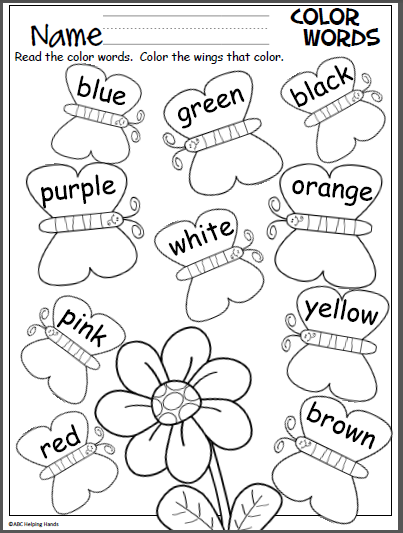 If you have a daughter, you probably remember how, with her birth, pink objects slowly but surely began to fill the house. At first it was the first blanket and ribbon on the envelope for discharge from the hospital. Then bodysuits and sliders, rattles and bottles began to appear. Later - pink dresses, hair clips, bracelets and handbags.
If you have a daughter, you probably remember how, with her birth, pink objects slowly but surely began to fill the house. At first it was the first blanket and ribbon on the envelope for discharge from the hospital. Then bodysuits and sliders, rattles and bottles began to appear. Later - pink dresses, hair clips, bracelets and handbags.
When the baby moved to a separate room, she demanded pink wallpaper, a crib and a chest of drawers. No other options, of course, were considered. A similar period happens in the life of almost every girl. In part, we impose this stereotype ourselves. After all, everyone knows that boys are blue, and girls are pink.
Someone is afraid of pink madness, but excitement is unnecessary here. Firstly, the color itself has a beneficial effect on the emotional state of children. It calms, improves mood, encourages creativity. Secondly, there are many shades of pink: from cold and restrained to bright fuchsia. Dilute pink with neutral gray for a noble combination that is great for a child's room.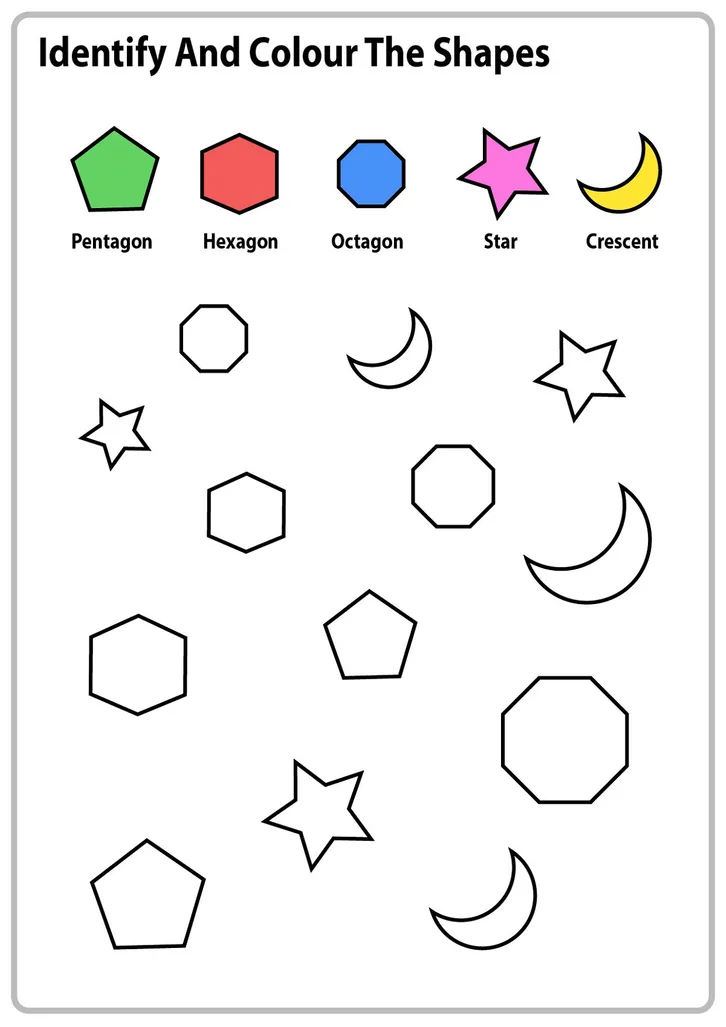 And finally, love for this color, as a rule, passes with age.
And finally, love for this color, as a rule, passes with age.
RED
Perhaps the most exciting color. It burns like a flame or the sun at sunset, attracts attention and arouses interest. Red is able to cheer up even the most calm children. The color of leadership and energy. This color causes activity, mobility, appetite and interest in learning.
It has to be used carefully. Small bright accents in the interior or wardrobe are acceptable and even welcome. But prolonged contemplation of red can lead to excessive excitability, sleep disturbance and aggression.
YELLOW
No less bright than red, but at the same time it has a completely different effect on the human psyche. Yellow is associated with sunlight, fluffy chicken, fragrant lemon and a warm autumn day. It soothes, warms and uplifts the mood. This color is able to defeat depression and blues. It does not have an exciting effect, but gently stimulates.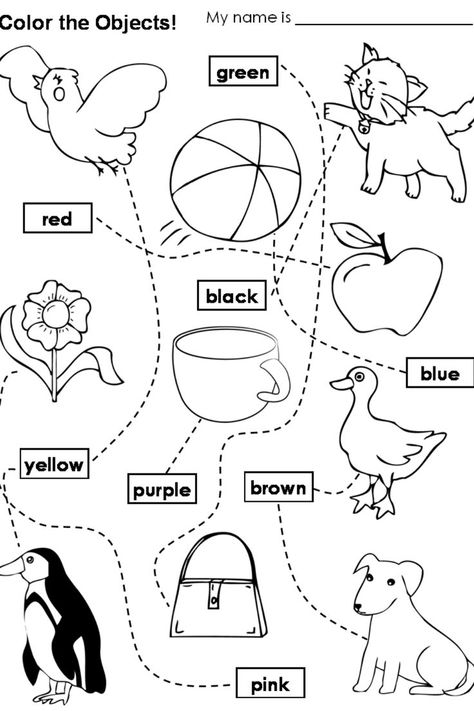
Yellow items are great for children's interiors. This shade improves brain activity, promotes learning and the development of intuition, and also gives joy. Yellow is almost perfect, but overly excitable people should be careful with it.
ORANGE
Another juicy color that gives mood. It has the freshness of orange juice, the brightness of summer flowers and sunshine. Orange is the color of energy, expression, extraversion. He is impulsive and invigorating.
The action of the orange color stimulates the child's communication skills, knowledge of the world, as well as appetite. If the baby is shy and not very active, orange can help. Add brightness to the interior or wardrobe, and the effect will not keep you waiting. In addition, orange ensures the healthy functioning of all body systems, and also strengthens psycho-emotional stability. An indispensable color for children's environment.
PURPLE
Imagination draws lilac and lavender, delicate violets and shades of sunset. Deep and even intelligent color. It is a symbol of spiritual development and enlightenment.
Deep and even intelligent color. It is a symbol of spiritual development and enlightenment.
The use of purple in the interior of the room has a beneficial effect on the psyche of the child. Gives a feeling of peace, enhances empathy and intuition. The strength of this color is in harmony. Purple is liked by both girls and boys, so feel free to make a choice in its favor.
TURQUOISE
This shade gives us the sea, a bright sky on a sunny day, jewelry with turquoise. Pleasant to the eye, refreshing, invigorating.
This color promotes creativity and self-expression, calms, but at the same time gently stimulates to action. The use of turquoise color is possible both in the wardrobe of boys and girls. Great for a child's room, uplifting and relaxing.
GRAY
At first glance, it may seem bleak and dull. We call gray a rainy day, clouds in the autumn sky or a bad mood. In fact, the effect of gray on a person is very beneficial. It instills confidence, reassures.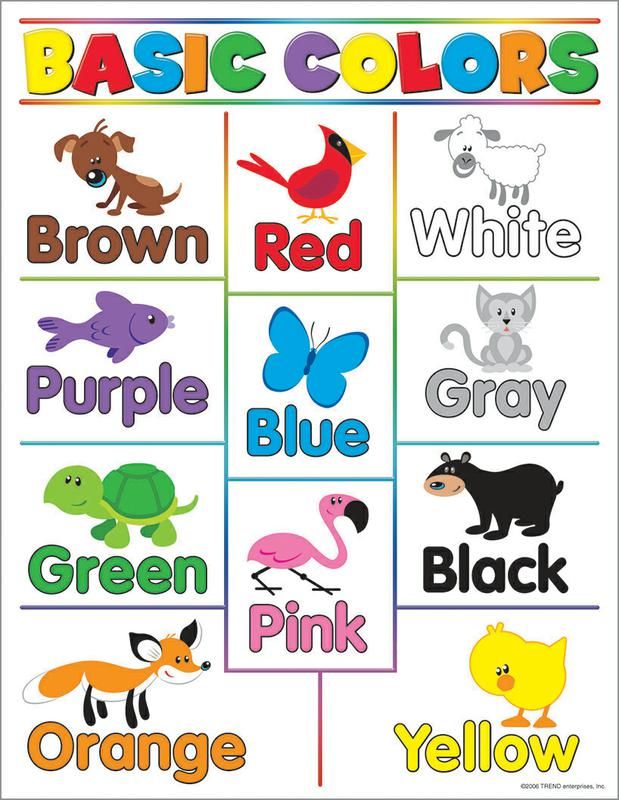 Gray perfectly dilutes brighter colors in the interior or wardrobe.
Gray perfectly dilutes brighter colors in the interior or wardrobe.
Does your daughter like lots of pink? Add discreet gray to it and get a noble combination. This color harmoniously looks with many rich shades, calming them. Do not be afraid of gray, but it is not advisable to overdo it.
HOW TO APPLY KNOWLEDGE ABOUT COLORS
As you can see, having studied the psychology of color, you can carefully influence the psyche and mood of the child. Some shades soothe and relax, others invigorate and give strength. When choosing a color, be guided by the temperament and character of the children, and also take into account their biorhythms and condition at a particular point in time.
For example, in the morning we all lack vigor. Serve your little one breakfast on an orange plate and you'll energize them for the day ahead. But in the evening it is better to listen to fairy tales, wrapped in a soft green blanket.
For walks on a gloomy autumn day, wear boots and a raincoat in rich colors. Such clothes will cheer you up. And when choosing pajamas, give preference to calm tones.
Such clothes will cheer you up. And when choosing pajamas, give preference to calm tones.
A room of energetic fidgets is best decorated in neutral colors. Shy and less active will help to liberate bright accents in the interior.
Now you are armed with knowledge, but do not forget to rely not only on theory, but also on the preferences of the baby. After all, the main thing is that the color is pleasant and pleasing to the eye.
The influence of color on a child from the point of view of psychology and medicine
Colors are one of the most unique and rich decorations of our life. Color perception is an important step in the development of the baby. The color scheme surrounding the child, whether it be the color of clothing, a children's room or a playground, has a significant impact not only on the development of speech and vision, but also on the child's psyche and body as a whole.
As a result of numerous studies, it was determined what effect a certain color has on a child. If you use this knowledge, you can choose colors depending on the purpose of any of the children's items, as well as use them correctly in the children's play space.
If you use this knowledge, you can choose colors depending on the purpose of any of the children's items, as well as use them correctly in the children's play space.
Red is a strong irritant for a child. Even in the calmest children, it can cause excessive activity. At the same time, it gives joy to both children and adults. Do not use it in the children's bedroom, so as not to prevent the child from sleeping peacefully. Especially, you should not use red for a hyperactive baby, so as not to increase nervousness and excite aggression.
Pink color, depending on the brightness of the shade (bright, reddish), encourages action. At the same time, the soft shade will soothe the baby.
Yellow is considered the color of harmony. It is able to cause joyful sensations in the child, and also stimulates children to concentrate. Especially, the yellow color has a beneficial effect on an excited, nervous child prone to tantrums. Also, yellow color increases appetite.
The green color has a significant impact on the development of the child. Encourages interest in learning and knowledge of the world around. Shades of green build self-confidence, instilling courage in the child. But do not get too carried away with green, especially if your child is phlegmatic. Otherwise, it will completely lose activity.
Encourages interest in learning and knowledge of the world around. Shades of green build self-confidence, instilling courage in the child. But do not get too carried away with green, especially if your child is phlegmatic. Otherwise, it will completely lose activity.
Blue can be called the color of purity and depth. Its shades, even in the most passive child, can arouse interest in something new, awaken the imagination. In color therapy, blue is used to combat stress. At the same time, in a sensitive baby, a rich blue color can cause an unconscious feeling of anxiety. If you are faced with the task of drawing the child's attention to something specific, then be sure to try to use at least a little blue.
Blue color is simply indispensable for stress. It is always lightness, freshness and weightlessness. Blue shades have a calming and relaxing effect on the child's body. From a medical point of view, it has been proven that the color blue can lower blood pressure. Blue shades help relieve tension, but you should not oversaturate the children's space with this color, so as not to cause a feeling of cold and alienation.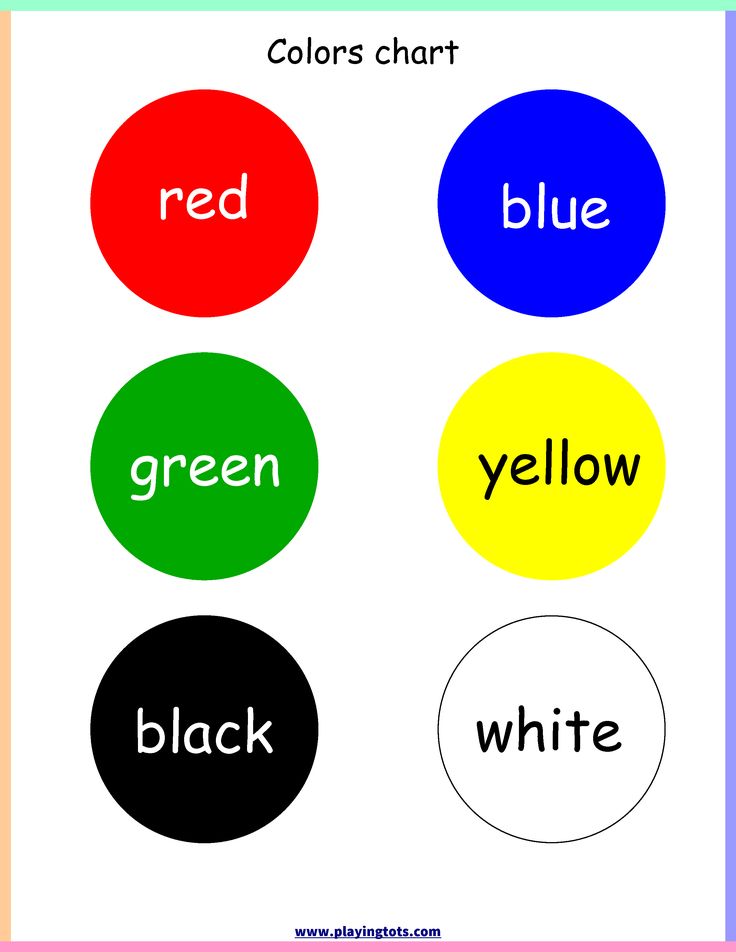
White color can create a favorable background for children's perception, as it is devoid of emotional aggressiveness. Therefore, using it in the interior helps the child to calm down and improve well-being. At the same time, white should be used with caution, as it can increase a child's sense of insecurity. Beige color in its psychological properties is similar to white. Gray color calms and reduces activity.
Black is not the color of childhood. Often it is interpreted as the absence of color. A large amount of black can be oppressive and cause fear in a child.
Brown color symbolizes confidence and calmness, but it is not able to evoke strong emotions. In large quantities, it weighs down.
Orange, like red, is the color of an impulse aimed at interacting with the outside world. Surrounded by orange, the child is better able to tolerate being alone. Its use increases activity and sociability, which is often necessary for lethargic and inactive children. Orange is a great mood booster.
Orange is a great mood booster.
Violet color symbolizes spiritual perfection, purity, abundance and enlightenment. It evokes in children a sense of peace and inner harmony.
Understanding the impact each color has on the child, you can not only beautifully, but also usefully decorate the children's space. Using color, you can create a more comfortable play area, a playground, a room for classes and recreation. There should be a lot of all the colors in a child's life. The main thing is to maintain a reasonable balance.
Red color promotes the activation of blood circulation, normalization of metabolism, and also stimulates brain activity. In the winter season, when we are all prone to colds, color therapy recommends seeking help from red, which helps to slow down and stop the inflammatory process. Muscles are also able to respond to red. It promotes relaxation of muscles and joints.
Orange. In color therapy, orange is used for any disorders of the gastrointestinal tract, kidneys and bladder.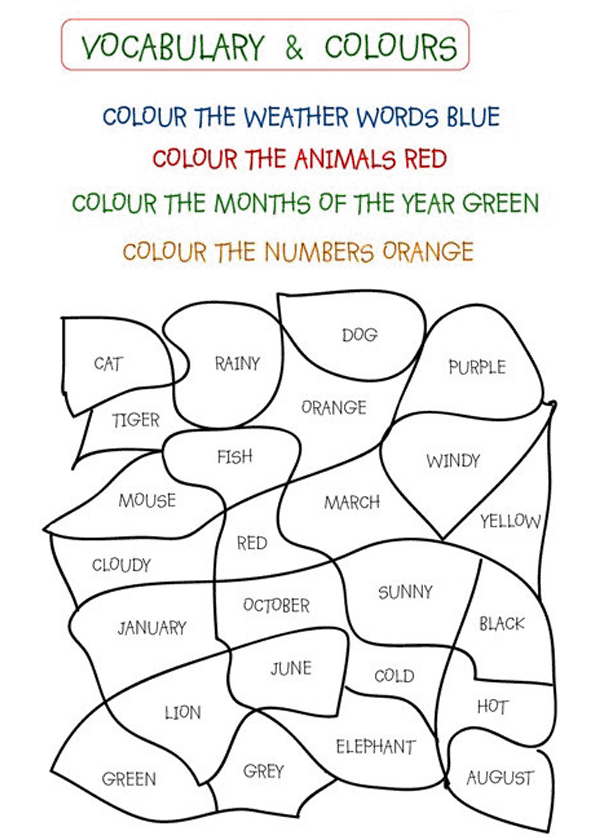 If a person suffers from a pulmonary, cardiac or endocrine disease, doctors recommend getting orange curtains. It will have a more than positive effect on the body. The orange color is credited with the ability to balance the hormonal state of the body and cleanse any system of the body from mucus.
If a person suffers from a pulmonary, cardiac or endocrine disease, doctors recommend getting orange curtains. It will have a more than positive effect on the body. The orange color is credited with the ability to balance the hormonal state of the body and cleanse any system of the body from mucus.
Yellow. The area of influence of yellow color on our body is the entire digestive tract. Its most beneficial effect is in violation of the liver. With careful use, diseases of the skin and the central nervous system are cured. In color therapy, yellow is called the color - "orderly". It cleanses the body of toxins, controls weight, as it stimulates the secretion of gastric juice necessary for digestion.
Green directly appeals to nature, therefore, apparently, it stimulates well all restorative processes: fusion of fractures, growth of new tissues of all kinds. This is a more versatile color than red or yellow, so it works equally well in both the heart and kidney areas.